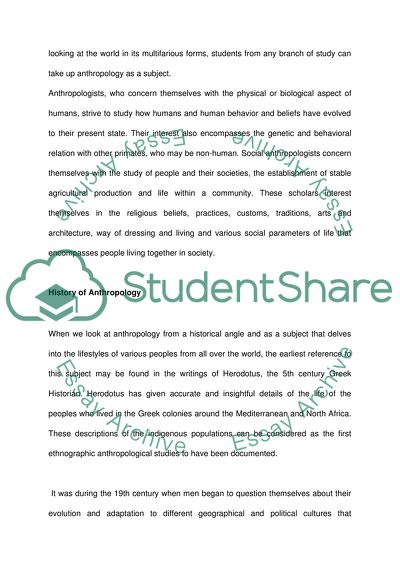Cite this document
(The Main Subjects of Anthropology Research Paper, n.d.)
The Main Subjects of Anthropology Research Paper. Retrieved from https://studentshare.org/anthropology/1716267-nt-anthropology
The Main Subjects of Anthropology Research Paper. Retrieved from https://studentshare.org/anthropology/1716267-nt-anthropology
(The Main Subjects of Anthropology Research Paper)
The Main Subjects of Anthropology Research Paper. https://studentshare.org/anthropology/1716267-nt-anthropology.
The Main Subjects of Anthropology Research Paper. https://studentshare.org/anthropology/1716267-nt-anthropology.
“The Main Subjects of Anthropology Research Paper”, n.d. https://studentshare.org/anthropology/1716267-nt-anthropology.


